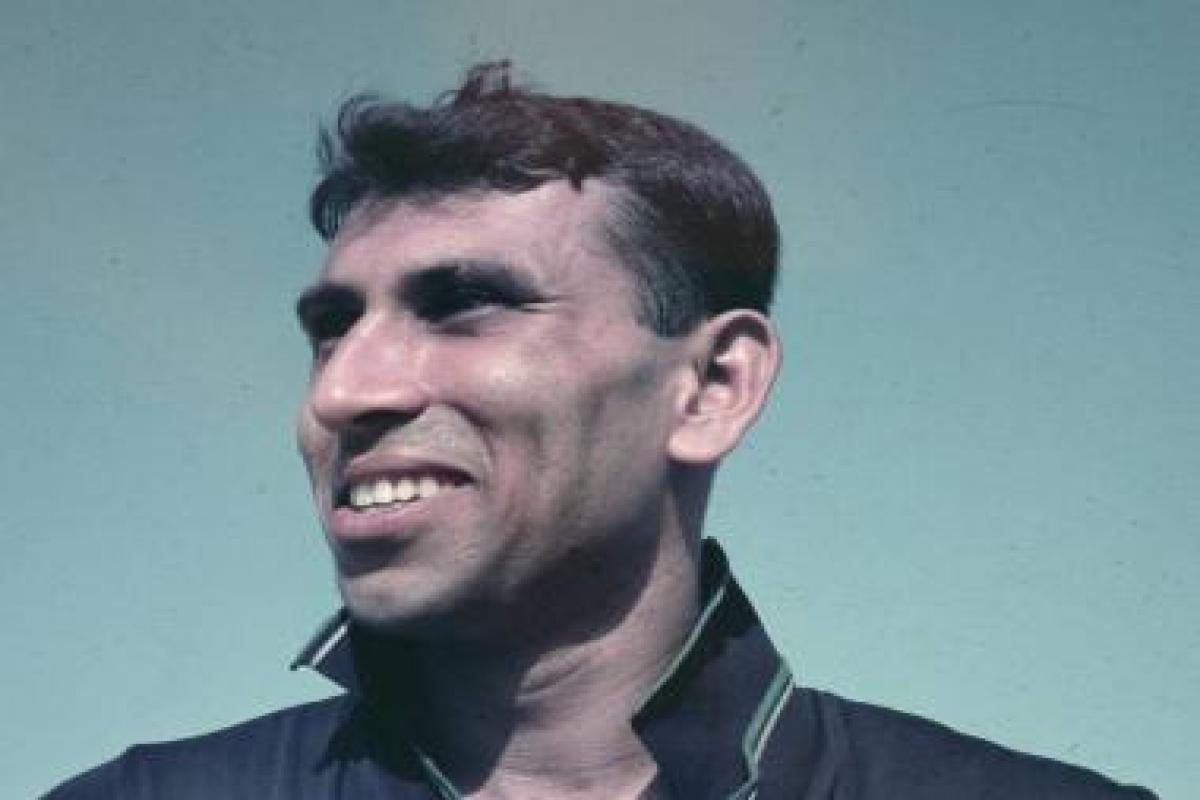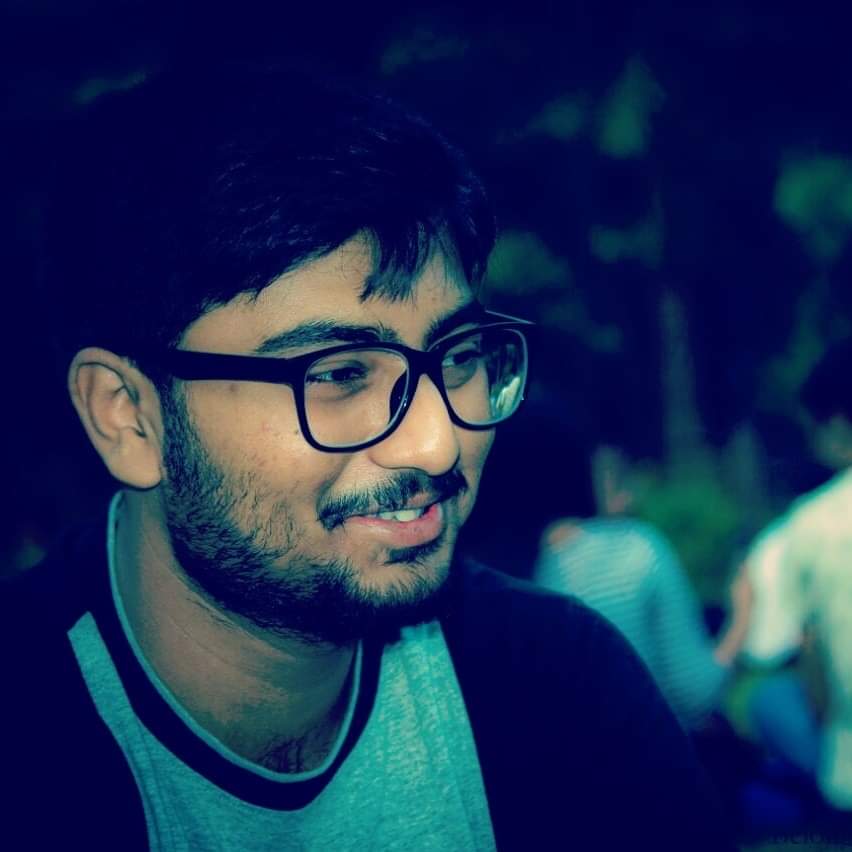P.K. Banerjee - Kolkata’s first Dada
PK Banerjee, one of the finest footballers the country has ever produced, passed away at the age of 83. The dynamic footballer represented India in three Asian Games, two Olympic Games and was part of India's squad that finished as runners-up in the 1964 AFC Asian Cup.

While most of the current Indian football fans might relate the playing XI to an embryonic phenomenon boosted by a recent stalemate with Asian champions Qatar and led by talisman Sunil Chhetri, there was a time when the same entity ruled the continent – spearheaded by a certain PK Banerjee – whose departure left a void in Indian football which can be replaced by none.
Being a refugee by birthright always meant a tough life was inevitable and hailing out of a small town in North Bengal (Moynaguri), the challenge was steeper than ever. No sooner than he finished schooling that he was the sole bread earner for his family. Football might have been the last option to ply trade for an Indian youth under such circumstances, but we are not talking about any random countryman, are we? 15 – The tender age in which he played his first Santosh Trophy for Bihar – that’s more of P.K. Banerjee for you.
Migrating to Kolkata was never an easy option for a family which braved the Eastern side of Bengal to settle in the West, forget about making fortunes in the city’s most loved game. Determined as ever, accompanied with his never-say-die-attitude, the swashbuckling right-winger made inroads to the Kolkata Maidan - Aryan FC – his first assignment in 1955, when he was one shy of his 20th. Few would have noticed that the future superstar was in the making, largely in the shadows of Kolkata's famous big three – Mohun Bagan, East Bengal and Mohammedan Sporting Club.
Success never falls behind when hard work has taken the driver’s seat; similarly, P.K’s transfer to Eastern Railway FC as a ticket collector to better an existing paycheck of INR 135, along the banks of the Hooghly was the start of a never written chapter in Indian football. If Leicester City FC’s was pitted with odds of 300 for winning the English Premier League title in 2016, believe me, PK Banerjee’s men braved even harsher predictions to claim the Calcutta Football League title in 1958, thus becoming the first Indian club to win the silverware apart from the big three after independence - a record they solely held, until last year, when Peerless SC grabbed top honours.
The ascent though started a year ago, when at the age of 20, the footballer played his first Olympic Games. Even though India’s fourth-place finish and the infamous win over Australia at their backyard was the main highlight, PK Banerjee’s excellent playmaking skills were rewarded with deserved plaudits. The footballer, in a couple of years, would become the first superstar of Indian football post-independence. But it would be a sin not to mention two others, who along with PK formed the greatest trio in Indian football – Chuni Goswami and Tulsidas Balaram.
India, with a forward line, heads and shoulders above any other in Asia, put up a spirited display in the 1960 Rome Olympics – much inspired by its gallant chief commander PK Banerjee. The 71st-minute goal against France is still etched in gold in the history of Indian football, the goal which denied the European giants a victory and defined Indian football’s golden era.
Wins each against Thailand, Japan and South Korea, the 1962 Asian Cup triumph was the pinnacle of India’s golden period. Four goals, including one in the final against South Korea, earned P.K. Banerjee the demigod status in India. Consistency was not everyone’s cup of tea, especially at the highest level, but the forward seems to have mastered it.
But the biggest was yet to come, with the Indians claiming a runner-up finish, narrowly missing out on an AFC Asian Cup triumph, losing to Israel in the summit clash in 1964. It was en-route to the finals, that the team had got the better of South Korea 2-0. Even though P.K did not score, his towering presence made a significant effect on the campaign, such was his stature. He was synonymous with Indian football to the deepest core, he was the face and the backbone resting on which others flourished.
While celebrating the life and legacy of PK Bannerjee, it must solely be kept in mind that we are not just talking about a man who mastered the very art of kicking a ball but rather he made the world his ouster, a very first one, to put India in the top echelon. PK Bannerjee might not evoke emotion among modern-Indian supporters, but the history probably wouldn't have been kinder to Sunil Chettri and his band of boys had it not been that Golden Triumph in the Asiad, or for say, the France equaliser.
While his playing days was studded with success all over, the next half of his career – as a coach, moulded him as one of the most influential figures in Indian football. As his playing days, PK’s managerial career started with BATA, a team which operated on a shoestring budget. But his legacy in the new job profile escalated a few years later. Not any coach would have held the club flag in his hand, made the boys circle around (team huddle) and makes them pledge by it inside the ground during when the team was losing 0-1 in the final of an International tournament (DCM Trophy, 1973). Miraculously, the tonic worked, with the East Bengal winning the tournament against mighty North Korean outfits – Dok ro Gang. Coach P.K inculcated the habit of team huddles, much before it was in fashion in this part of the world – he was a man ahead of times.
Apart from his motivational qualities, the great man was widely regarded as an effective man-manager, who nurtured numerous talents during his 14-year stint at the helm of affairs for the National side. Be it the rough-and-tough forward Subhash Bhowmick, the dynamic Shyam Thapa, versatile Biswajit Bhattacharya or defence maestro Subrata Bhattacharya, everyone owes their career to ‘Pradip da’, in shaping up what they’ve become. He was the ‘Dada’ in Kolkata years before Sourav Ganguly took over.
“I was kicked out of Mohun Bagan after we lost the Durand Cup final to East Bengal (in 1972). He was the person who picked me up from ‘gutter’ and told me ‘you’re the best player in India, come and play for ‘East Bengal’, said Subhash Bhowmick to PTI following P.K’s demise. Backing up players against all odds has been his hallmark throughout and rightfully he was rewarded for his far-sighted vision if you consider winning the Indian treble as a reward (he won Durand Cup, Rovers Cup and the IFA Shield with Mohun Bagan in 1977).
PK Banerjee went on to spend the rest of his managerial career at the Tata Football Academy, from 1991 to 1997. His long-standing coaching rivalry with contemporary Amal Dutta was a notable one. Game reading was PK’s yet another forte, the prime example was when he cracked the code of the infamous ‘Diamond Formation’ of Amal Dutta-led Mohun Bagan in the semi-finals of the 1997 Federation Cup in front of 1,31,000 fans in Kolkata, inflicting a 4-1 defeat over the arch-rivals after no team had a blueprint to overcome the hurdle. Not even the Pele-led New York Cosmos side could escape the genius of this man, when Mohun Bagan played out of their skins to level the visitors 2-2 at the Eden Gardens, back in 1975.
The first footballer to receive an Arjuna Award, he was much more than accolades could ever glorify. Padma Shri, Mohun Bagan Ratna all followed, but his most prestigious one in the cabinet will arguably be the Centennial FIFA Order of Merit, the highest honour by FIFA (back in 2004). Well, it is impossible to document all his heroics in a mere thousand words, what we can ensure is that his name will echo in Indian football as long as the sport is played in India.
Pradip Da, you will be remembered.

Comments
Sign up or log in to your account to leave comments and reactions
0 Comments